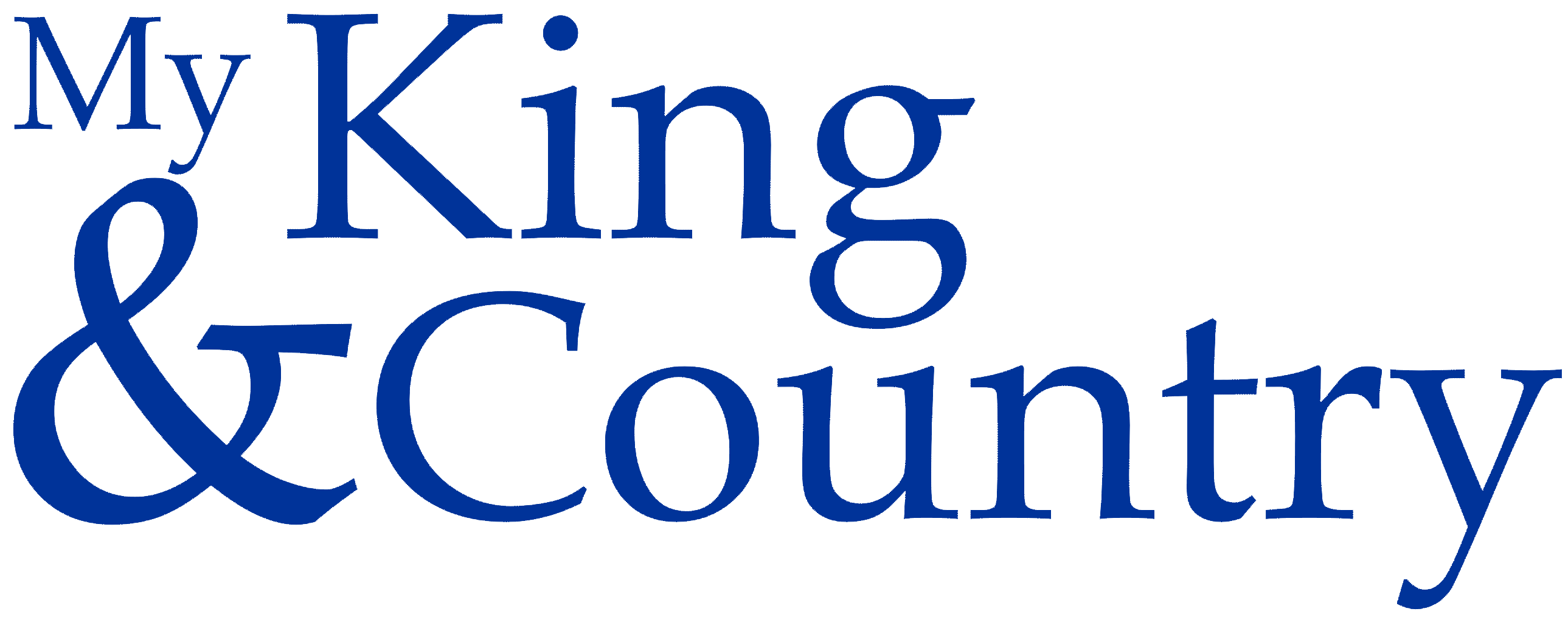
Boarders Away!
During the Age of Fighting Sail, the principle weapons of a ship of war were the great guns, the cannons. Ships also carried small arms to aid the crew in boarding enemy vessels and repelling boarders. These included firearms – pistols and muskets – and edged weapons such as cutlasses, boarding axes and boarding pikes. When not in action, the small arms would be secured in chests or racks. When clearing for action, they would be distributed around the decks.
The seamen were divided into gun crews. Each gun crew member was also allocated an additional duty denoted by a letter against his name on the ship’s station bill - B for Boarder (to form boarding parties to capture enemy ships or repel boarders), F for Fire (to form firefighting parties), L for Lanthorn (to hold a lanthorn – lantern - when night firing), P for Pumps (to man the bilge pumps and hoses), S for Sail (to handle the sails).
When the order “Boarders away” was called the men denoted as B would leave their gun, pick up their arms and rally to their assigned role as directed by the officers (see NOTE).
The collection contains examples of each of the above items (except for a musket), together with other Royal Navy artifacts.
Thomas Lord Cochrane
Commander of HM Brig Speedy which boarded and captured El Gamo, a Spanish frigate, off Barcelona
on the 6th of May, 1801
The Naval History of Great Britain, Volume III
by William James, 1837
Nelson Boarding the 'San Josef' at the Battle of Cape St Vincent, 14 February 1797
Painted by George Jones (1829)
NMM (BHC0492)

Boarding and Taking the American ship Chesapeake by the Officers & crew of H.M. Ship Shannon commanded by Capt Broke June 1813
Painted by William Heath (1816)
NMM (PAD5837)


Sir Philip Bowes Vere Broke KCB
(1776-1841)
An English Set-To or British Tars clearing the Deck of the Temeraire of French and Spaniards, during the Battle of Trafalgar (caricature)
Charles Williams (1775-1839)
NMM (PU3907)

NOTE: Boarders Away:With Steel, William Gilkerson (Andrew Mowbray Publisher) 1991


